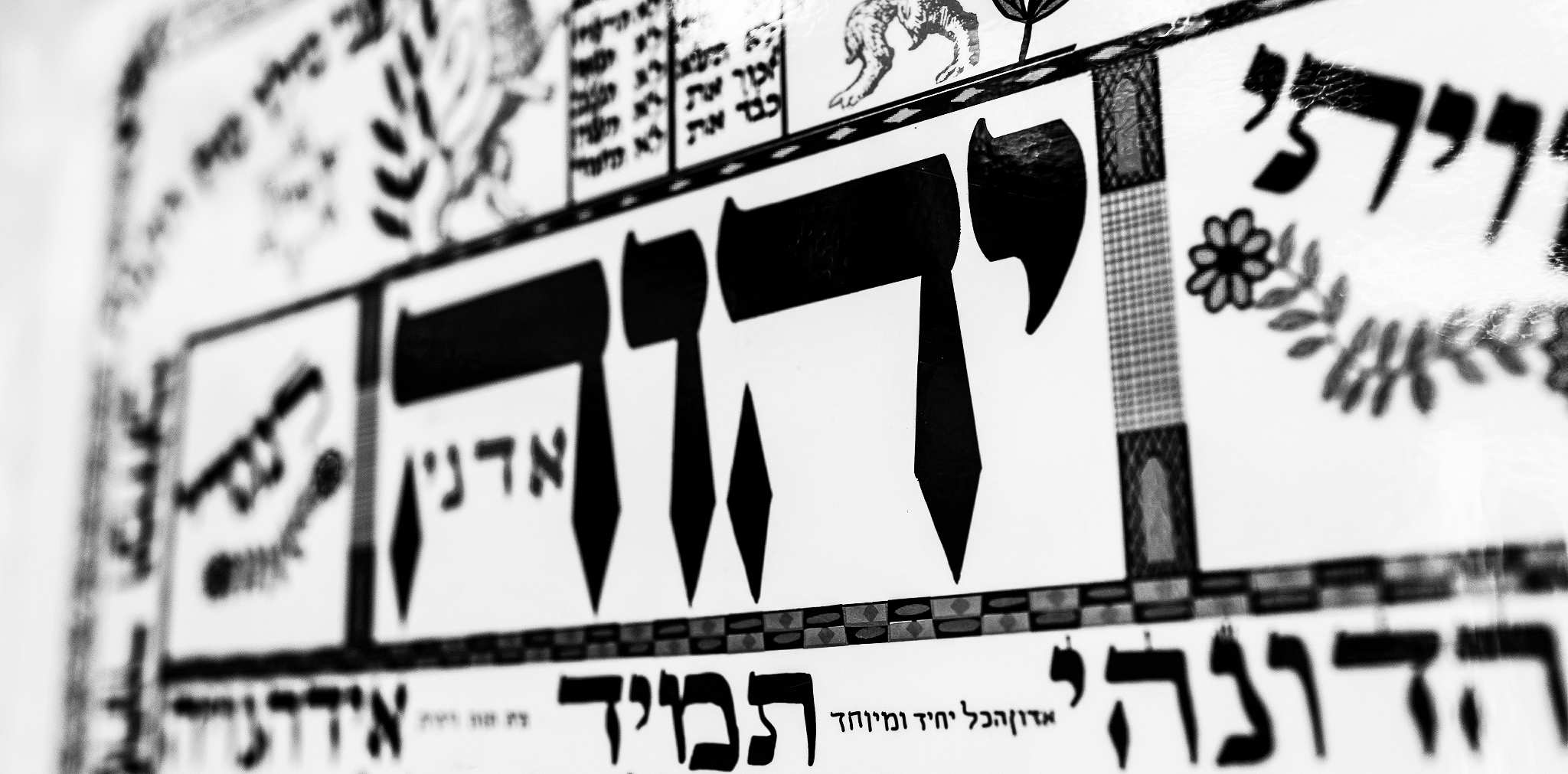 The Scriptures reveal that the Mishkan (or “Tabernacle”) was intended to provide an elaborate “parable” or “pattern” that points to the salvation of our God (יְשׁוּעַת אֱלהֵינוּ). First, the Mishkan designated a central and sacred place (מִקְדָּשׁ) representing the Divine Presence, with the tribes carefully arrayed on each side (east, west, north, and south), and the four families of the Levites arrayed on each side of the courtyard (Num. 2). The gate to the Mishkan opened from the east, where the tribe of Judah was positioned (Gen. 49:10) and where the Kohanim (priests) had their camp just outside the court (Heb. 7:14). As you entered the Mishkan itself, you would immediately behold the mizbe’ach (i.e., copper altar), which revealed the “korban principle,” namely, that the only way to draw near to God is by means of sacrificial blood offered in exchange for the sinner, as stated in the Torah, “For the life of the flesh is in the blood, and I have given it for you on the altar to make atonement for your souls, for it is the blood that makes atonement by the life” (Lev. 17:11), and “without the shedding of blood there is no forgiveness of sins” (Heb. 9:22).
The Scriptures reveal that the Mishkan (or “Tabernacle”) was intended to provide an elaborate “parable” or “pattern” that points to the salvation of our God (יְשׁוּעַת אֱלהֵינוּ). First, the Mishkan designated a central and sacred place (מִקְדָּשׁ) representing the Divine Presence, with the tribes carefully arrayed on each side (east, west, north, and south), and the four families of the Levites arrayed on each side of the courtyard (Num. 2). The gate to the Mishkan opened from the east, where the tribe of Judah was positioned (Gen. 49:10) and where the Kohanim (priests) had their camp just outside the court (Heb. 7:14). As you entered the Mishkan itself, you would immediately behold the mizbe’ach (i.e., copper altar), which revealed the “korban principle,” namely, that the only way to draw near to God is by means of sacrificial blood offered in exchange for the sinner, as stated in the Torah, “For the life of the flesh is in the blood, and I have given it for you on the altar to make atonement for your souls, for it is the blood that makes atonement by the life” (Lev. 17:11), and “without the shedding of blood there is no forgiveness of sins” (Heb. 9:22).

In this connection note that it is God who gives us the blood for atonement, and indeed the central (and ongoing) sacrifice on the altar was the daily offering of a defect-free male lamb along with unleavened bread and wine called “korban tamid” (קָרְבַּן תָּמִיד). The korban tamid commemorates the Lamb of God and the deeper meaning of the Passover, which the LORD called “my Offering, my Bread” (see Num. 28:1-8). Note further that the sacrifice of the lamb upon the altar was openly displayed in the courtyard, just as the cross of Messiah was a public display (John 19:16; Col. 2:14-15), though the atonement for sin was made only after the High Priest sprinkled sacrificial blood upon the covering of the Ark of the Covenant that held the testimony of the law during the Yom Kippur service. Unlike the public sacrifice of the lamb upon the altar, the Yom Kippur ritual pictures the “hidden offering” of the blood before the Throne of God in the holy of holies “made without hands,” that is, the greater priesthood of the Messiah who secures for us an eternal atonement (Heb. 10). Therefore understand that the Mishkan (and later the Temple) was a provisional pattern designed by God to foretell the Substance and Reality to come, as it is written: “the Word became flesh and tabernacled with us” (John 1:14), and “when our Messiah appeared as the high priest of the good things that have come, He passed through the greater and more perfect Mishkan not made with hands (τῆς μείζονος καὶ τελειοτέρας σκηνῆς οὐ χειροποιήτου), that is, not of this creation, and entered once for all into the most holy place not by the blood of goats and calves but by his own blood, and so he himself secured eternal redemption” (Heb. 9:11-12).

Note that the High Priest was required to perform the Yom Kippur avodah (service) alone, while wearing humble attire, divested of his glory, and in complete solitude: “No one may be in the tent of meeting from the time he enters to make atonement in the Holy Place until he comes out” (Lev. 16:17). The Hebrew text literally says, “no adam (אָדָם) shall be in the tent,” which suggests that something more than the natural man is needed for divine intercession. And just as Moses alone approached God in the thick clouds at Sinai to receive the revelation of the Altar as mediator of the older covenant (Exod. 24:15), so Yeshua, the Mediator of the New Covenant, went through his severest agony on the cross as the darkness covered the earth (Luke 23:44; Matt. 27:45).
For more on this topic, see: “More on the Miskhan: Further thoughts on Tetzaveh.”
